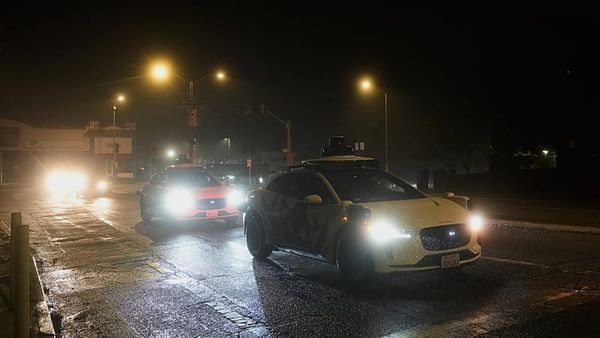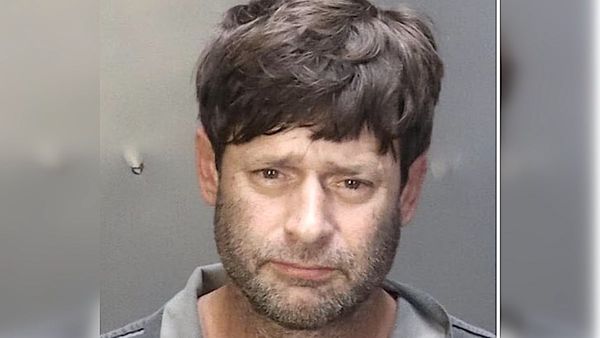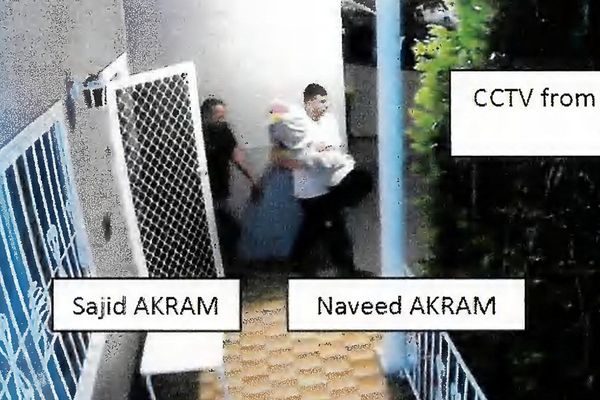There are many aspects of the Huntingdon train stabbings that remain unresolved and disturbing, with details about the background to this horrific incident still emerging.
However, it is already clear that the response of the train crew on board the LNER service was brave, calm and exemplary – quite above and beyond the call of duty, in unimaginable circumstances. Indeed, one of the LNER staff members, as yet unnamed, is still receiving treatment for serious injuries, inflicted on him as he put himself in harm’s way and tried to protect passengers. He “undoubtedly saved lives”, according to the police. As the transport secretary Heidi Alexander put it: “He went to work on Saturday morning to do his job, and he left work a hero.”
The train driver, Andrew Johnson, also prevented more serious injuries than would otherwise have occurred by having the presence of mind to follow safety protocol and, with the Network Rail control room, divert the train off the faster track and into the relative safety of Huntingdon station, where the passengers could safely flee with the emergency services ready and waiting – and all within eight minutes of the alarm being raised on board. On the night, the work of the police, ambulance and fire services involved in bringing the horrors to an end was generally flawless.
That said, it is entirely right that the Cambridgeshire Constabulary should have referred themselves to the Independent Office for Police Conduct for the way they dealt with no less than three previous incidents involving a man wielding a knife that took place in Peterborough on Friday evening and Saturday morning, including the stabbing of a 14-year-old boy, leaving minor injuries: “We are currently reviewing all incidents in the timeframe to understand whether there were any further potential offences.”
So far as can be judged, the British Transport Police, the lead force in the investigation, responded adequately to the understandably intense media and public interest in the case, letting it be known at a relatively early stage that “there is nothing to suggest this is a terrorist incident”.
However, despite that reassurance, there was much frenzied speculation on social media about the suspect’s ethnicity, religion, immigration or citizenship status, and even their motive. This is hardly a new phenomenon, as was witnessed in the aftermath of the murders in Southport – at which three young girls were killed and several more people injured in a mass stabbing attack at a Taylor Swift dance class. But it should make one uneasy. It feels very much like this tumult for such personal details is now routine, and driven by a certain racialised agenda, as if to substantiate some political case against, say, refugees in hotels, or migration.
Even when incidents, speaking generally, are shown to be unrelated to any terrorist ideology or religious or political motivation – as with the Southport attack – there is a reluctance to accept that. If a suspect is British-born, the debate moves on from asylum hotels and stopping the boats to the supposed historic failures of immigration and multiculturalism. Much of what is said in certain circles is unashamedly racist, whereas the fact is that a crime is a crime and, for the purposes of proof and justice for the victims, it makes no difference whether the perpetrator is an immigrant, “British” or otherwise.
No one is more guilty in some sense just because of the colour of their skin or the god they choose to worship, if any. Mr Justice Goose, the judge in the case of the Southport killer, teenager Axel Rudakubana, expressed it eloquently: “His culpability for this extreme level of violence is equivalent in its seriousness to terrorist murders, whatever his purpose. Whether his motivation was for terrorism or not misses the point. What he did on the 29th July last year has caused such shock and revulsion to the whole nation, that it must be viewed as being at the extreme level of crime.”
Yet, since the riots in Southport and elsewhere last year, it feels as if information about ethnicity and motivation is being bullied out of the police, who acquiesce simply to preserve public order. It rarely quells the anger of those who want to weaponise a tragedy.
For now, as with all attacks on public transport, there is a need for the authorities to reassure nervous people about travel. It was the same after the 7/7 atrocities, and, for that matter, for air passengers after the 9/11 attacks. Seeing more police officers around stations and on board services will help to ease anxieties, but more extreme and permanent measures – such as airport-style security and “knife arches” at every railway station in the country – would be impractical and disproportionate.
The routine use of automatic facial recognition software has been advocated by some, though it is not obvious how it would help. The same goes for more stop-and-search operations at train or Tube stations. Others have argued for the public to be able to defend themselves with, for example, pepper spray, currently outlawed – but such “self-defence weapons” are just as well suited to assist a mugging or terrorist attack.
For now, the police and the courts must be allowed to get on with the job of assembling evidence and getting to the truth, no matter how long it takes.







